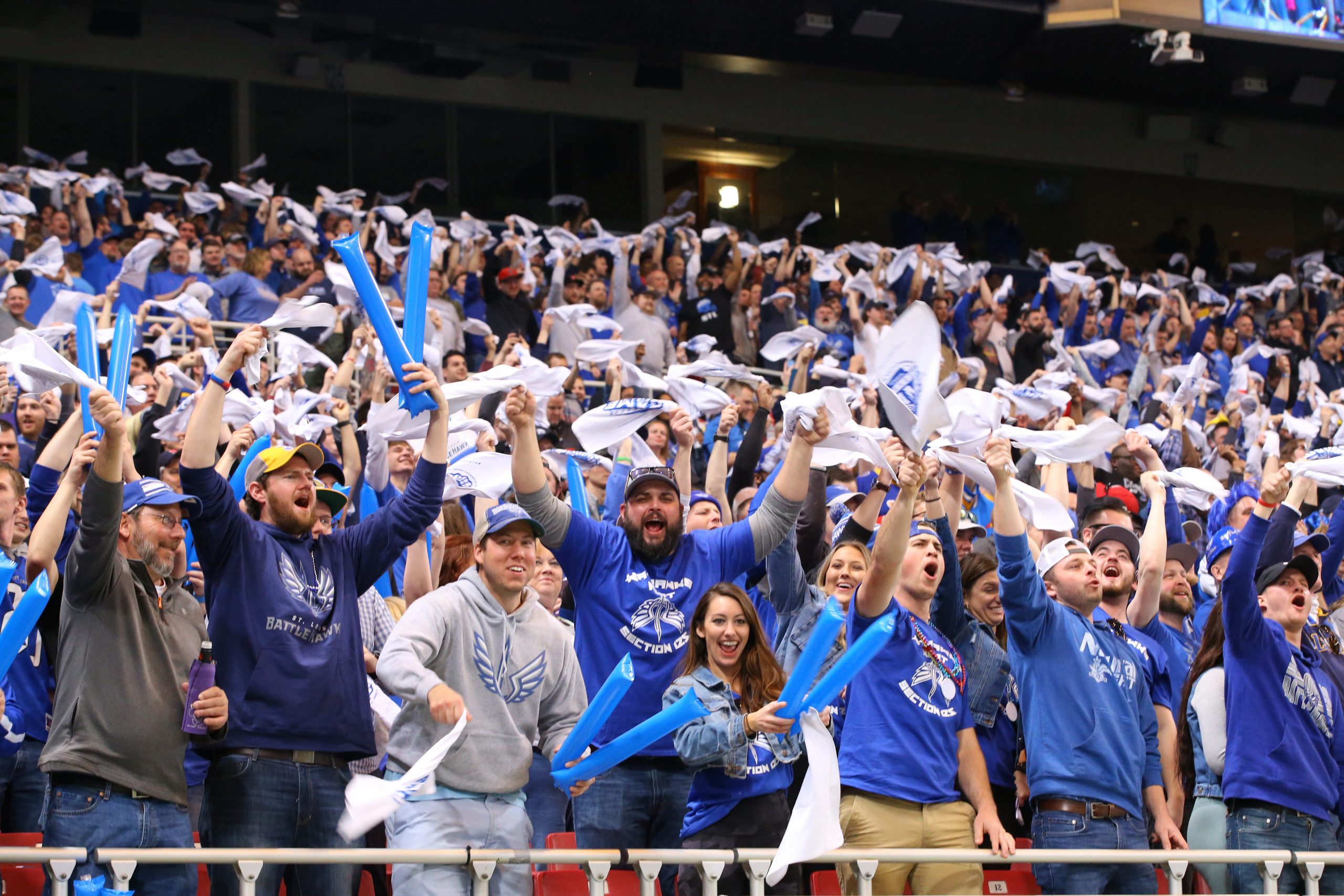Over the course of the season, there will be a variety of power rankings posted. These power rankings, while meaningless, will follow the same general outline throughout the season. There are three general ways to move up or down in the power rankings. There are transactions which include trades, acquisitions, and releases. The draft in April will constitute the second type of change. The third type of change results from actually playing the games in September through the beginning of February. Each type has a nuanced way of adjusting the power rankings which will be explored in the body of the article.
Positive Transactions:
Positive changes after a transaction would include trades that fill a need on the roster, acquisitions which fill a need on the roster, or the effective transition from one player into draft picks in a future draft. Trades could result in positive point value for both teams. For example, the Khalil Mack trade would be a net positive for both the Raiders and the Bears because the Raiders acquired a variety of extra draft picks and the Bears acquired one of the best players in football.
Negative Transactions:
Negative transactions include releasing players, getting fleeced in trades, or acquiring unnecessary or extraneous players at positions of the depth. A negative transaction would occur if the Steelers released Antonio Brown instead of gaining assets through a trade. Both teams could earn a net negative in a trade, however, it seems entirely unlikely that both teams would make a negative move.
Positive Draft:
After the draft, a team’s score can rise if the team effectively fills the needs of the roster with quality players or quality steals in the draft. For example, if a team were to acquire a first-round talent in the third round, that move would result in a positive gain for the team. Examples of positives in the 2018 draft include Saquon Barkley, despite the Giants not filling a quarterback need, and Sam Darnold, who filled the Jets’ need at the quarterback position.
Negative Draft:
Draft negatives would include missed picks, poor value selections, and the inability to fill needs on a roster. For example, if the Chiefs take a quarterback in the first round of the 2019 draft, they would incur a net negative point tally due to the presence of Patrick Mahomes on the roster.
All draft transactions will be separate from other teams. Unlike the majority of trades, other acquisitions, and the regular season games, the draft will not necessarily have a net of zero points.
Factors in the Regular Season and Playoffs:
When the teams actually play games, their scores will rise and fall based on the performance of the team. For example, if a team gets blown out at home, the losing team will fall by a large number of points while the winning team will capture those points and slide up in the power rankings. The margin of victory, to a certain extent, and the site of the game will be major influencing factors on the eventual point spread. All actions in this manner will have a net of zero.
For example, after the Super Bowl, the Patriots would have gained 12 theoretical points while the Rams would have lost 12 theoretical points, leaving a net result of zero points in the game. Over the course of the season, point values may vary based on the importance of the game or the relative strengths of the two teams.
For example, two strong teams may not fluctuate much after the completion of the game, but if the Vikings were to lose to the Bills again they would plummet just as they did in Week 3 of the 2018 season.
As a whole, the numbers are rather meaningless and only indicate the relative strength of a team at an instant in time. The numbers may be ridiculous, but as a whole, they will show the general story of the 2019 season and beyond.
For the initial power rankings, the power rankings will reflect the ELO value of each team, which is found on fivethirtyeight.com. After the initial power rankings, the power rankings will diverge from the traditional ELO method, however, the ranking should be rather similar through most the season. As a general rule, a rating of 1,300 converts to a terrible team, 1,500 converts to an average team, and 1,700 converts to an elite team.






